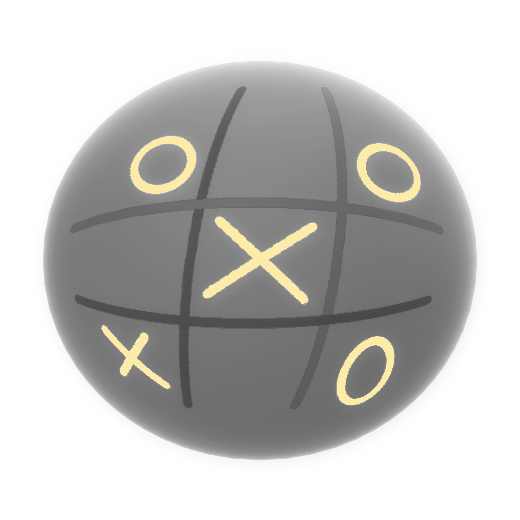The Upanishad is the legendary story of a little boy, Nachiketa – the son of Sage Vajasravasa, who meets Yama (the Indian deity of death). Their conversation evolves to a discussion of the nature of man, knowledge, Atman (Soul, Self) and moksha (liberation). Katha means a story, legend or conversation, speech or tale, with distress, and referred as the secret of death, immortality, which leads to Brahma, Brahman and infinity. In relation, while in 2000, working with Hari Harnanda, teacher and guru from Brahmananda ashram, showed me tricks to open and close chakras. I practiced for three months, and opened my kundalini. Comparatively, this was my the first boon, the receiving of kundalini shakti, but from a masculine, the shiva. There was tremendous amount of sva-shakti produced as a result; I did psychic work for over 500 people, as thankfulness, karma yoga, without any money, as selfless service. Adopted Jose, from Big Brother and Big Sister program, in the beginning of 2001, mentored him for decades. The word plays of and pronounced similar to Nachiketa, means "non-decay, or what does not decay", a meaning that is relevant to second boon portion of the Nachiketa story. Comparatively, for me the second boon, the receiving of kundalini shakti, but from a feminine, the shakti, which astral with my teacher, Heather, in 2012, at Brahmananda ashram. An explosion of sva-shakti happened again, and many yogis witnessed it. The Upanishads is a living document, hence very important to read each Upanishad, and correlate with life of self, at the present moment, looking for synergetic patterns and recurring blue prints. Similarly, another word play and means. "that which cannot be vanquished", which is contextually relevant to the Nachiketa's third boon: the word also means "I do not know, or he does not know". For me, the third boon, the receiving of srichakra, aggregation of nada and bindu to 0, and understanding of mathematical point 0. From here, there is no more knowledge that the Upanishads can provide, because the whole Universe is centered to mathematical point 0, because many people are hearing the sound of silence. The world has to now just run, on its own, when nature takes over, and everything runs in harmony with each other. Aggregating the three boons, while might aggregate to 0, provides a glimpse into the future, as a butterfly effect, so be in the past, be in the future, however the growth curves upwards, exponentially, a huge advancement into the other realms, because from 0 to 1, is an aggregation of all the past three boons, or time periods combined. The result is a hockey stick, where by mohr’s law, the time moves faster, to an exponential rate, to fulfill the nominal appearance of bindu point, where the events are moving faster, for example, Z (current time) = 1 / square root (Sum (boon time 1) + (boon time 2) + (boon time 3)) = 0 As currently, the nominal point 0 is heard everywhere on earth, the nomena is universal, to be operated by nature, where individual souls are just vehicles for divinity, on the bridge to the soul of brahman and sarawati, the male and female aspects of God, as Rumi would say. The universal forces then automatically works for the advantage of creation. Like Taittiriya Upanishad of Yajurveda, each section of the Katha Upanishad is a medicinal vine-like climbing plant that grows independently yet is attached to a main tree. The Upanishad opens with the story of Vajasravasa, also called Aruni Auddalaki Gautama, who gives away all his worldly possessions. However, his son Nachiketa sees the charitable sacrifice as a farce, because all those worldly things have already been used to exhaustion, and are of no value to the recipients. This relates to current social conditions in the world as of 2018, hence the reason for the appearance of nadam and bindu points. In the previous times, when the upanishad was written, the cows given away, for example, were so old that they had 'drank-their-last-water', 'eaten-their-last-grass', 'don't give milk', and 'who are barren'. Concerned, the son asks his father, "Dear father, to whom will you give me away?" He said it a second, and then a third time. The father, seized by anger, replied: "To Death, I give you away." — Nachiketa, Katha Upanishad, 1.1.1-1.1.4 Different is the good and different is the dear, they both, having different aims, fetter you men; He, who chooses for himself the good, comes to wellbeing, he, who chooses the dear, loses the goal. The good and the dear approach the man, The wise man, pondering over both, distinguishes them; The wise one chooses the good over the dear, The fool, acquisitive and craving, chooses the dear. — Yama, Katha Upanishad, 1.2.1-1.2.2 He (the Atman), difficult to be seen, full of mystery, the Ancient, primaeval one, concealed deep within, He who, by yoga means of meditation on his self, comprehends Atman within him as God, He leaves joy and sorrow far behind. The seer (Atman, Self) is not born, nor does he die, He does not originate from anybody, nor does he become anybody, Eternal, ancient one, he remains eternal, he is not killed, even though the body is killed. If the killer thinks that he kills, if the killed thinks that he is killed, they do not understand; for this one does not kill, nor is that one killed. The Self (Atman), smaller than small, greater than great, is hidden in the heart of each creature, Free from avarice, free from grief, peaceful and content, he sees the supreme glory of Atman. Know that the Atman is the rider in the chariot, and the body is the chariot, Know that the Buddhi (intelligence, ability to reason) is the charioteer, and Manas (mind) is the reins. The senses are called the horses, the objects of the senses are their paths, Formed out of the union of the Atman, the senses and the mind, him they call the "enjoyer". Rise, awake! Having obtained these boons, understand them! Like the Razor's sharp edge is difficult to traverse, The path to one's Self is difficult. What is left here? Truly, this is that (Atman). Some of these souls enter into the womb, in order to embody again into organic beings, others assemble unto what is sthanu, or immovable things, according to their karma, according to their shrutam; knowledge and learning. Only when Manas (mind) with thoughts and the five senses stand still, and when Buddhi (intellect, power to reason) does not waver, that they call the highest path. That is what one calls Yoga, the stillness of the senses, concentration of the mind, It is not thoughtless heedless sluggishness. Yoga is creation and dissolution.


 Shop Ventures NFT
Shop Ventures NFT